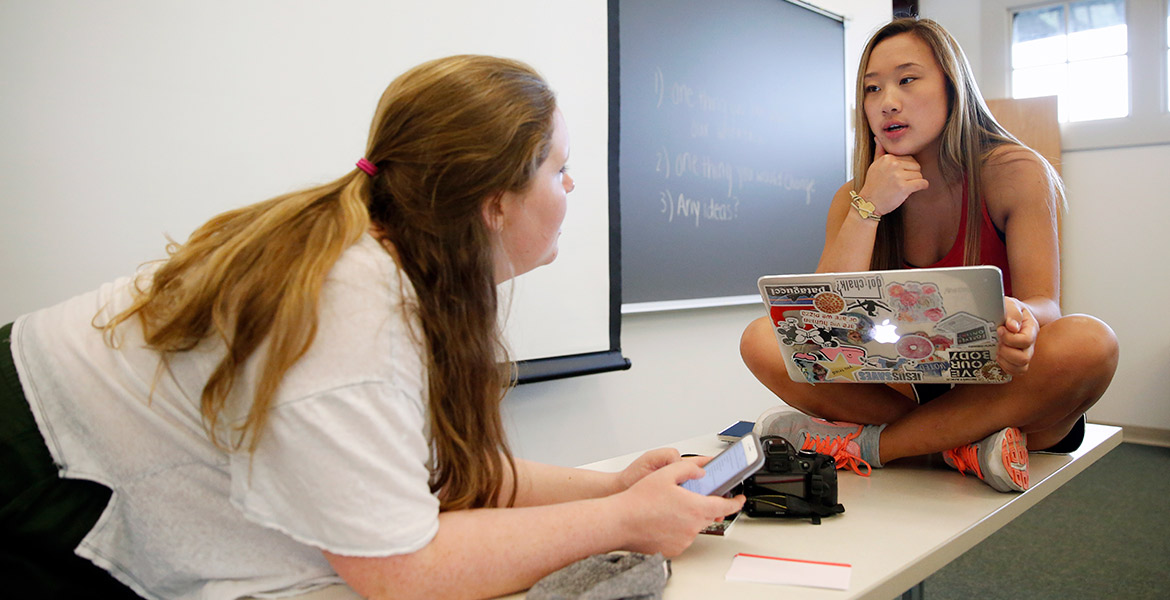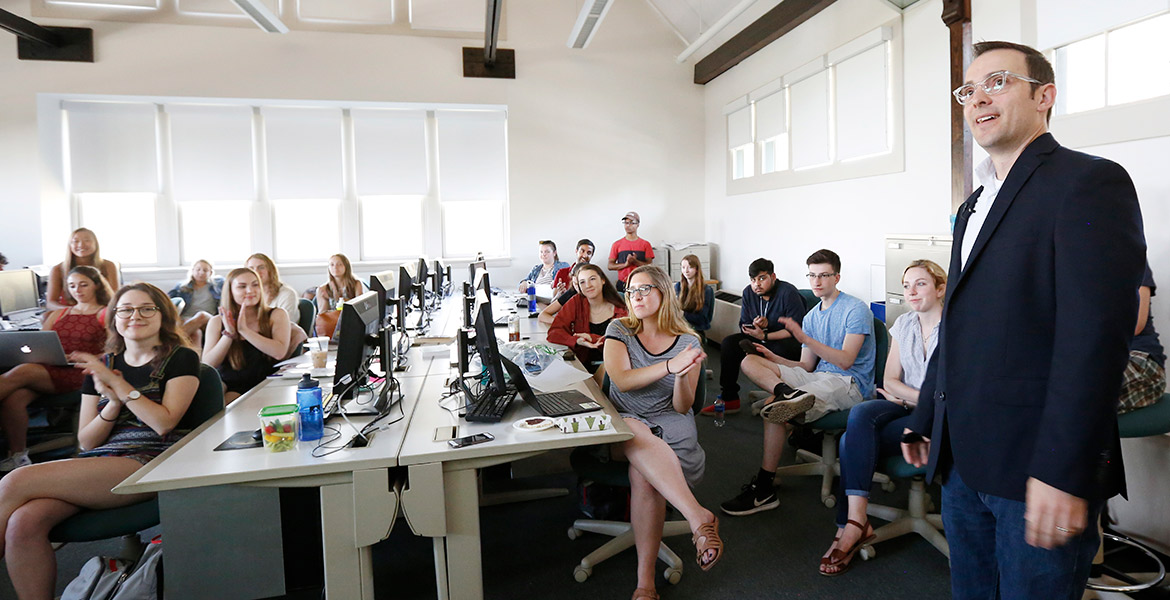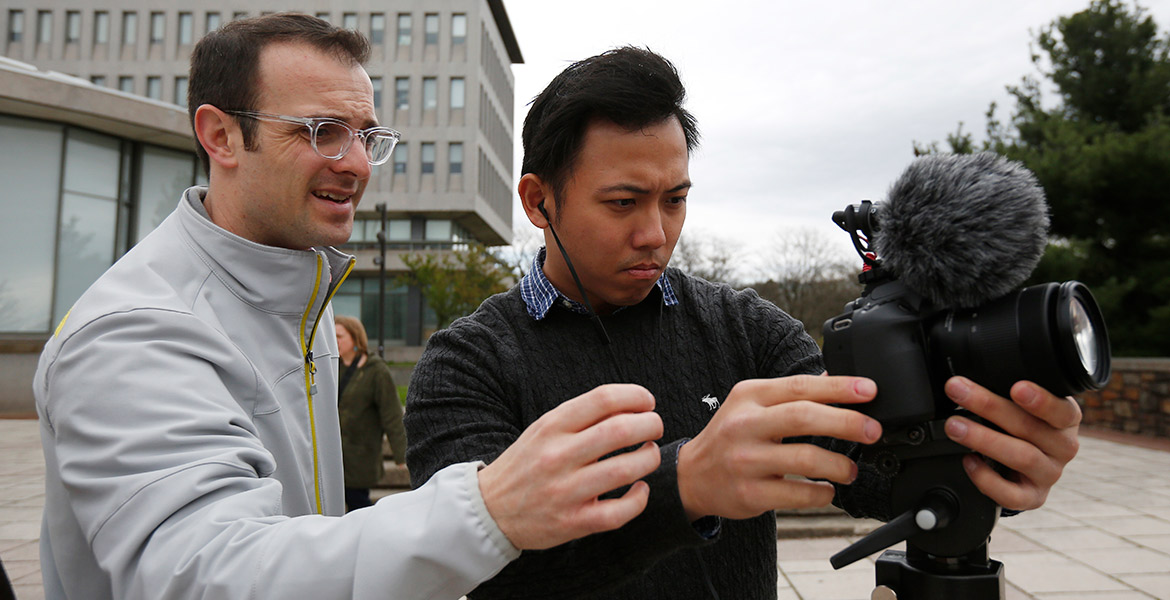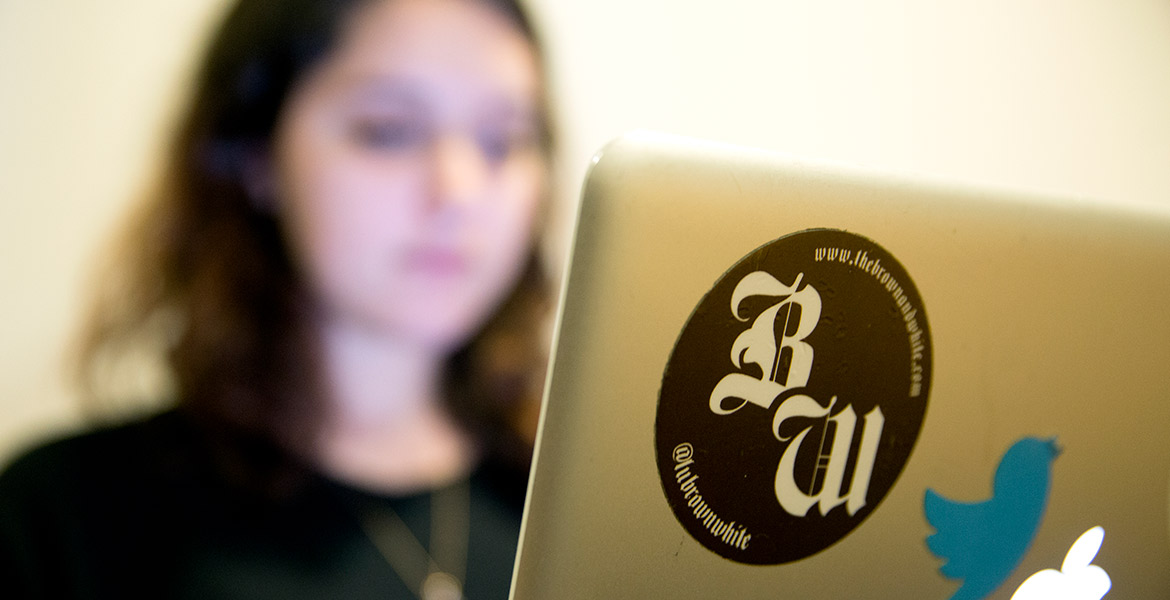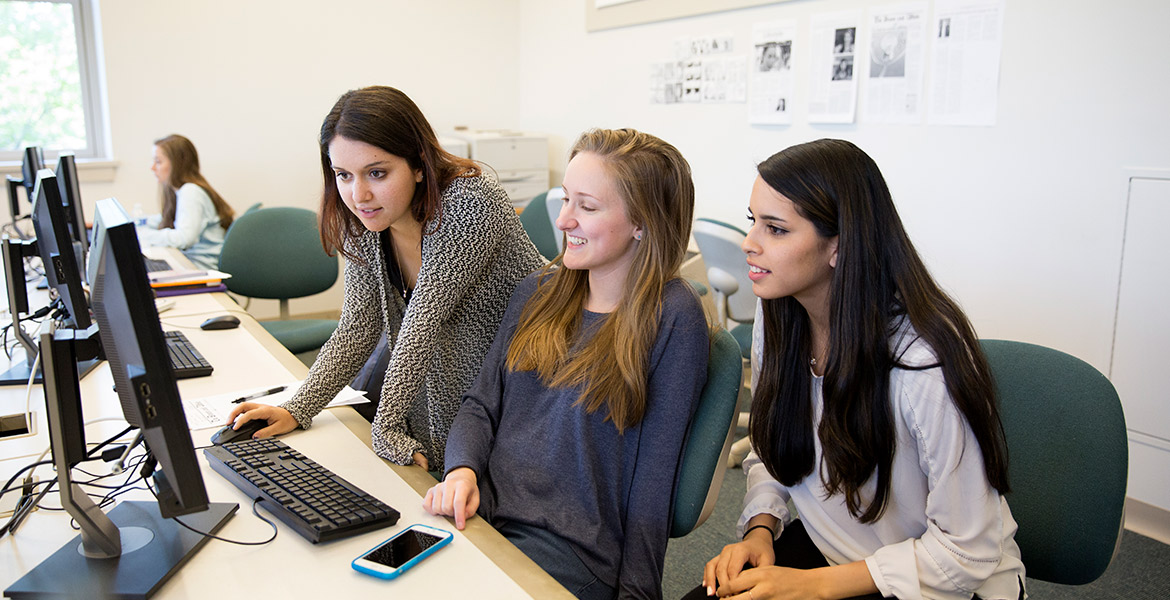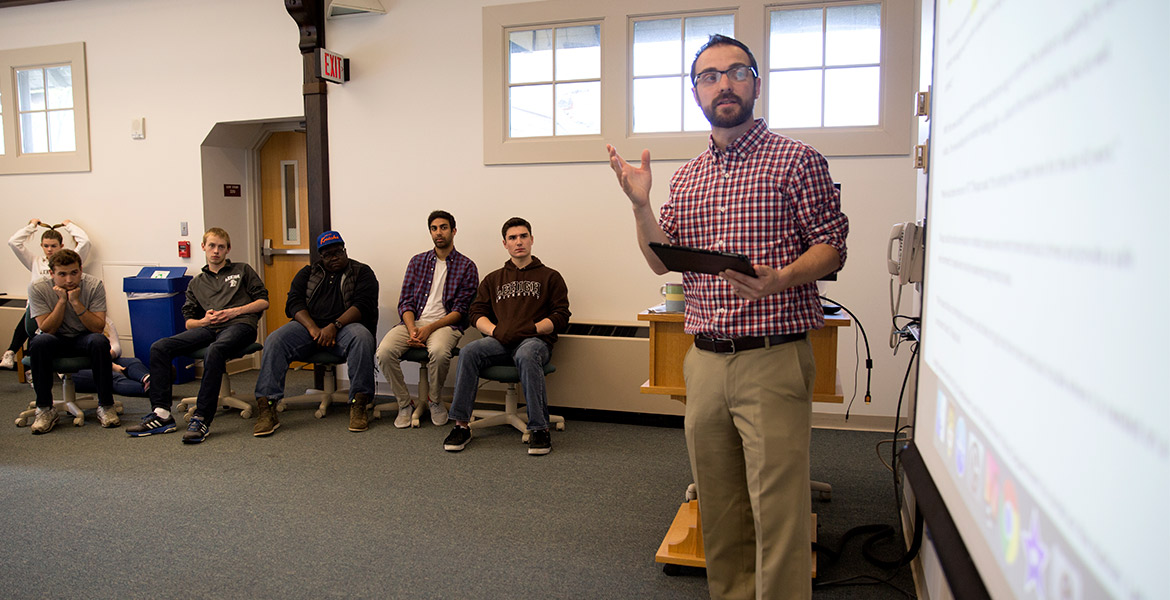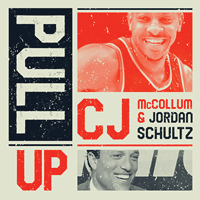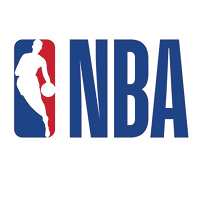Lehigh wasn’t even 30 years old when its first president, Henry Coppee, heard whispers of students starting a newspaper.
Coppee summoned William C. Anderson, Class of 1894, to his office in Packer Hall and asked about the rumors regarding the student publication. Anderson, who would eventually become the paper’s first editor in chief, confirmed their intentions. He told Coppee they never realized they should ask for permission from university officials.
“Coppee, to his credit, probably could have stopped the newspaper if he wanted to, but he didn’t,” says Jack Lule, professor and chair of the department of journalism and communication.
Not long after the meeting between Coppee and Anderson, The Brown and White was born. Its first issue—a copy of which hangs in the foyer of Coppee Hall—printed Jan. 16, 1894.
“In response to a general feeling, that has existed for some time, that Lehigh could support—and really should have—a publication appearing at least twice a week, if not daily, The Brown and White in its initial number, now greets you,” Vol. 1, No. 1 reads. “It will continue to make its appearance every Tuesday and Friday throughout the college years.”
And it has. Since 1894, The Brown and White has never ceased publication, only cutting back to once per week during World War I to conserve paper.
A yearly subscription was $2, according to the initial issue of The Brown and White, although the first two editions of the paper were distributed to everyone on campus for free. Since the paper began printing in January, the rest of the 1894 term came at a special price of $1.25.
Stories were drawn from across the Lehigh campus, including a “holiday tour of the musical organizations” on campus and a statement from President Coppee urging more attention to the Absence System.
First produced by a newsroom full of what would have likely been only white men, Lule says, the publication noted the first newsroom had 15 students on the board of editors—six seniors, five juniors and four sophomores.
Celebrating 125 years in January, The Brown and White’s newsroom looks drastically different than it did in 1894. A lot has changed but much has remained the same.


